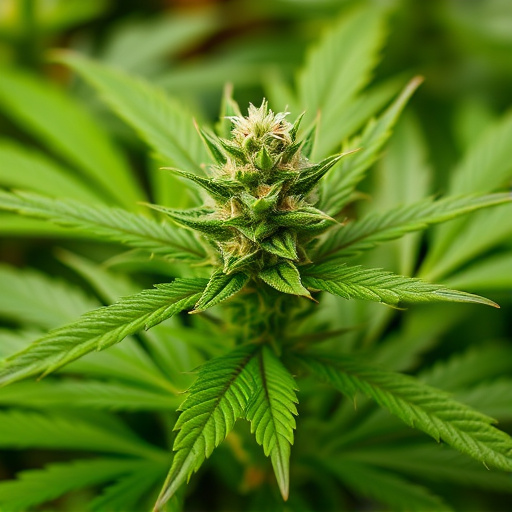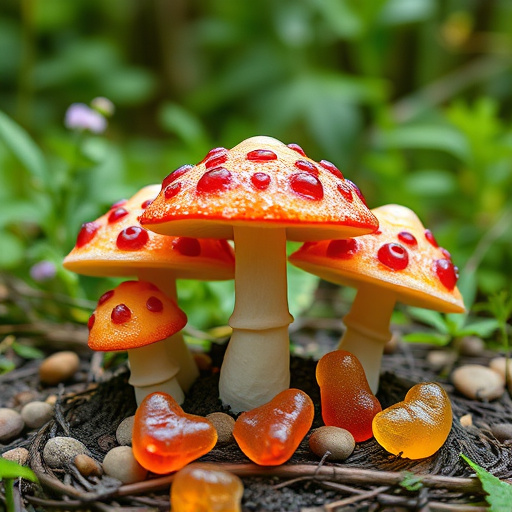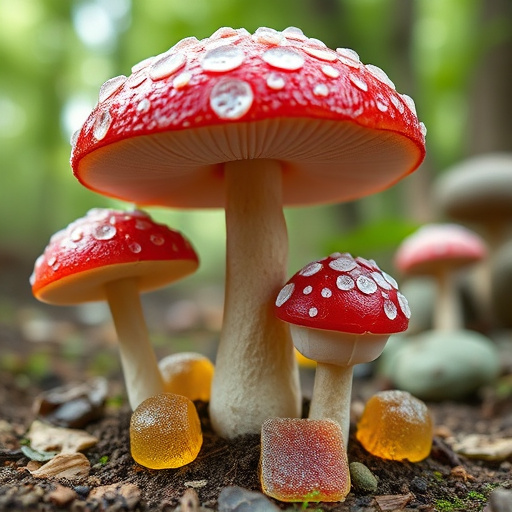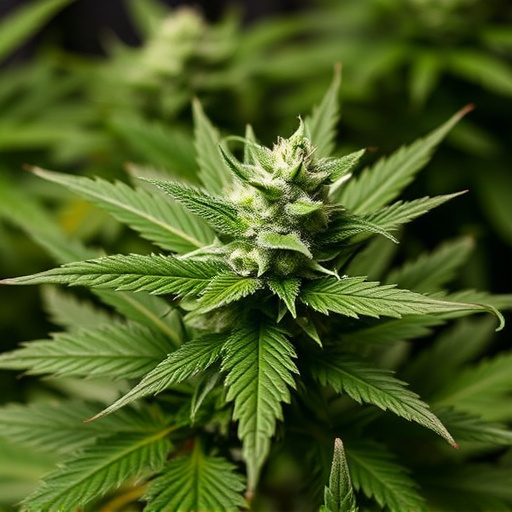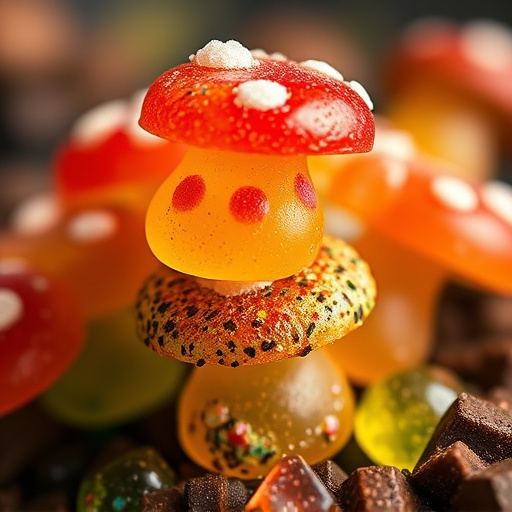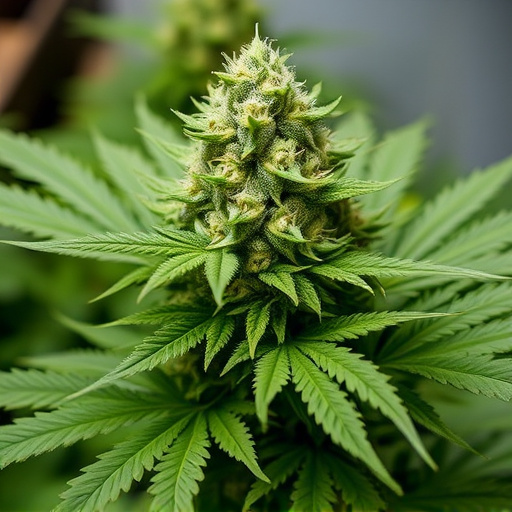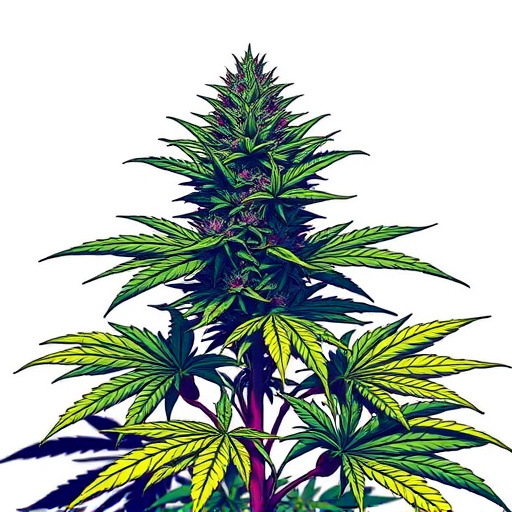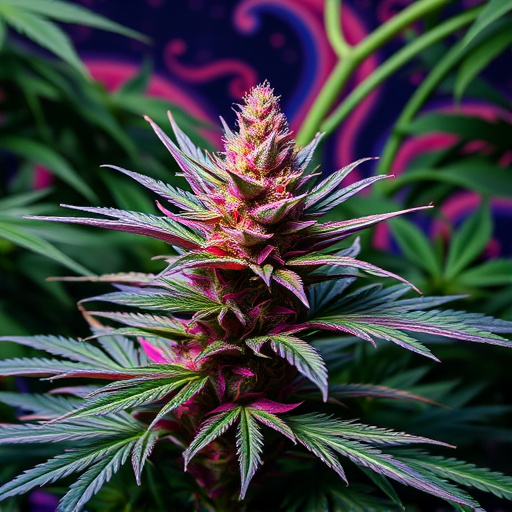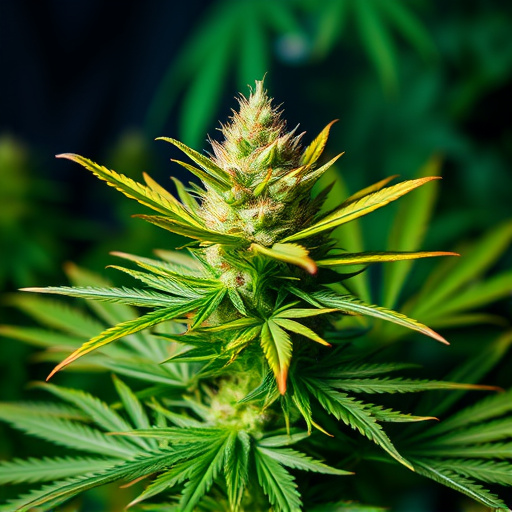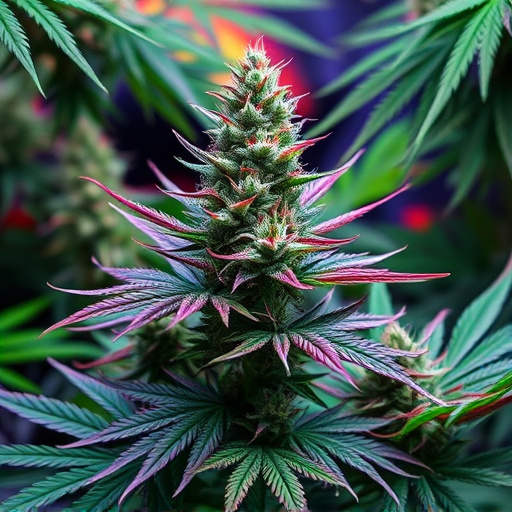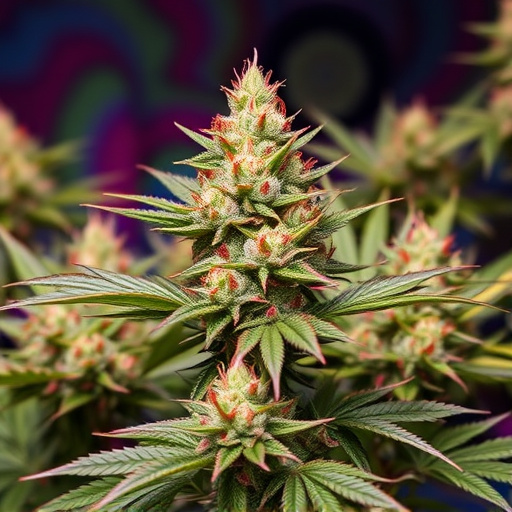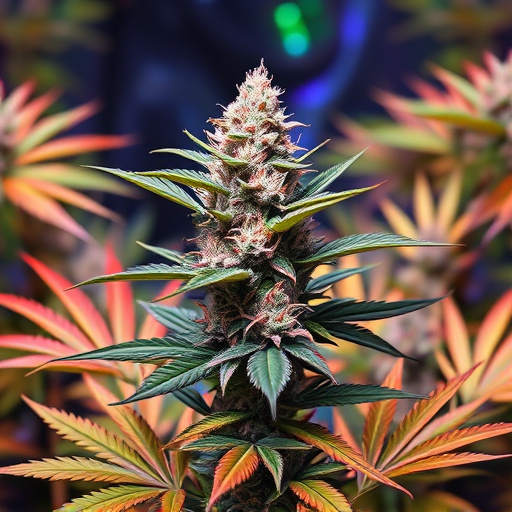Psychedelic cannabis strains' distinctive aromas arise from complex terpene-cannabinoid interactions, offering diverse experiences ranging from citrusy to woody notes. Key terpenes like myrcene, limonene, and pinene significantly influence flavor profiles and psychoactive effects. Understanding these unique olfactory profiles enhances the overall cannabis journey, appealing to enthusiasts seeking creativity, relaxation, or altered states of consciousness.
Uncover the enigmatic world of cannabis aroma, where molecules dictate a complex symphony of scents. This article explores the science behind the diverse fragrances, delving into the chemical compounds that shape the experience. From the captivating scents of psychedelic cannabis strains to cultivation techniques enhancing desired aromas, we unravel the secrets. Discover how specific terpenes and cannabinoids create unique profiles, influencing not just smell but also the potent effects these strains offer.
- The Science Behind Cannabis Aromas: Unraveling the Compounds
- Psychedelic Strains: A Focus on Scent and Effect
- Cultivating and Enhancing Desired Aromas in Cannabis
The Science Behind Cannabis Aromas: Unraveling the Compounds
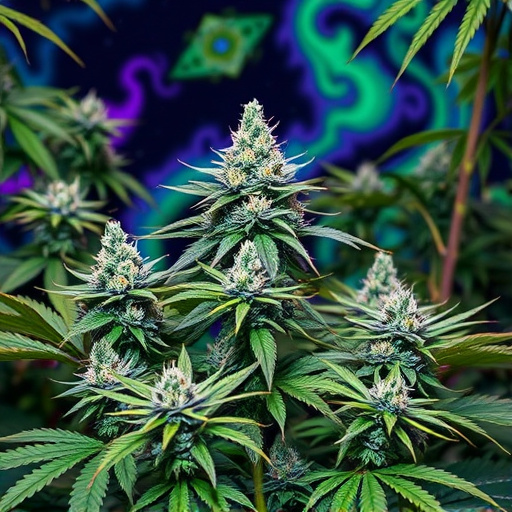
The Science Behind Cannabis Aromas: Unraveling the Compounds
Cannabis aromas are a complex interplay of various chemical compounds, primarily terpenes and cannabinoids. Terpenes, often referred to as the “aroma molecules,” contribute significantly to the unique scents associated with different strains of psychedelic cannabis. These volatile organic compounds not only provide distinct odor characteristics but also play a role in shaping the plant’s flavor profile. Each terpene offers its own aromatic signature, ranging from citrusy and floral to spicy and woody notes. For instance, myrcene is known for its earthy, musky scent, while limonene imparts fresh, citrusy aromas.
The combination and concentration of these terpenes vary among cannabis strains, leading to a vast array of scents and experiences. Psychedelic cannabis strains, in particular, have gained attention for their potent effects and diverse aromatic profiles. Scientists are still uncovering the intricate relationships between terpenes, cannabinoids like THC and CBD, and their collective impact on the overall sensory experience of consuming cannabis. Understanding these compounds is crucial in appreciating the art and science behind the captivating aromas that make cannabis such a fascinating subject of study.
Psychedelic Strains: A Focus on Scent and Effect
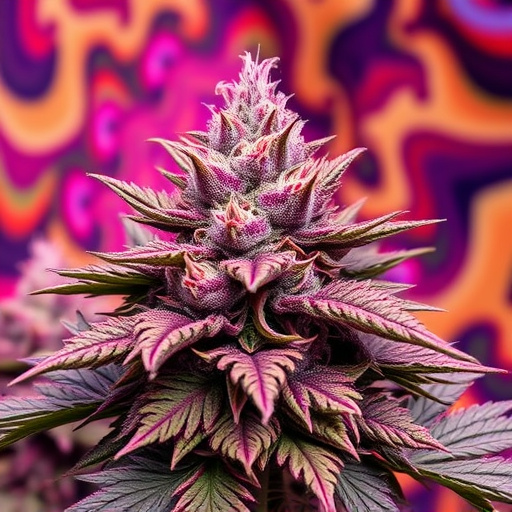
Psychedelic cannabis strains are renowned for their distinct and often intense aromas, which significantly influence the user’s sensory experience. These strains, characterized by their potent effects on mental and emotional states, offer a unique olfactory journey. The scent of psychedelic varieties can range from fruity and floral to earthy and spicy, each note contributing to an immersive sensory profile.
The aroma of these strains is more than just a pleasant fragrance; it’s a gateway to the desired psychoactive experience. Terpenes, aromatic compounds naturally present in cannabis, play a pivotal role in shaping the scent and effect of psychedelic strains. Specific terpenes like myrcene, limonene, and pinene are known to enhance or modify the high, creating an olfactory-cognitive link that deepens the overall cannabis experience.
Cultivating and Enhancing Desired Aromas in Cannabis
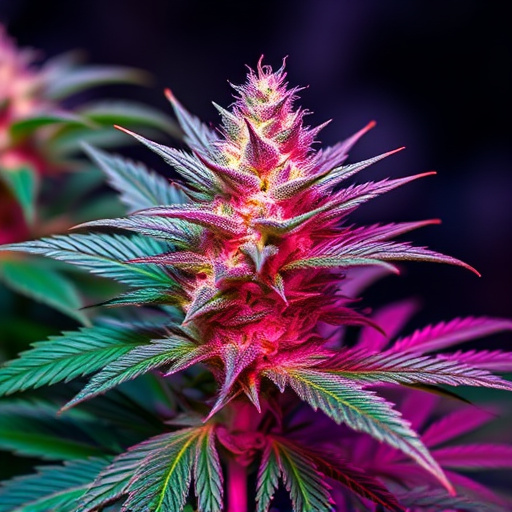
Cannabis aroma is a complex interplay of various compounds, with terpenes and cannabinoids playing key roles. Understanding these scientific elements helps explain why different strains offer unique experiences, from invigorating to relaxing. For enthusiasts seeking specific effects, recognizing the aromatic profiles of psychedelic cannabis strains can enhance their overall enjoyment and connection with this versatile plant. By cultivating and enhancing desired aromas, producers can create truly remarkable experiences for consumers.
